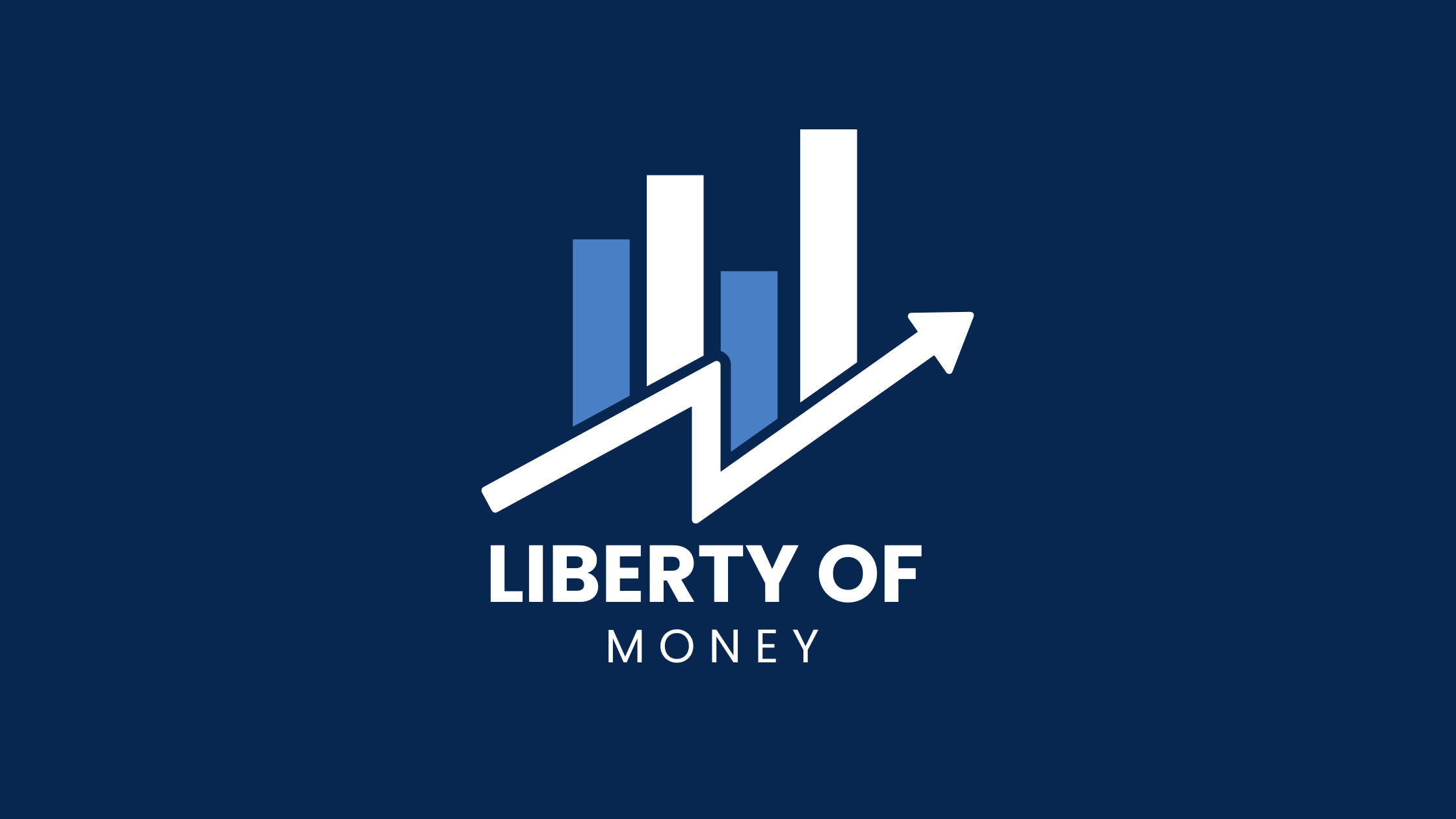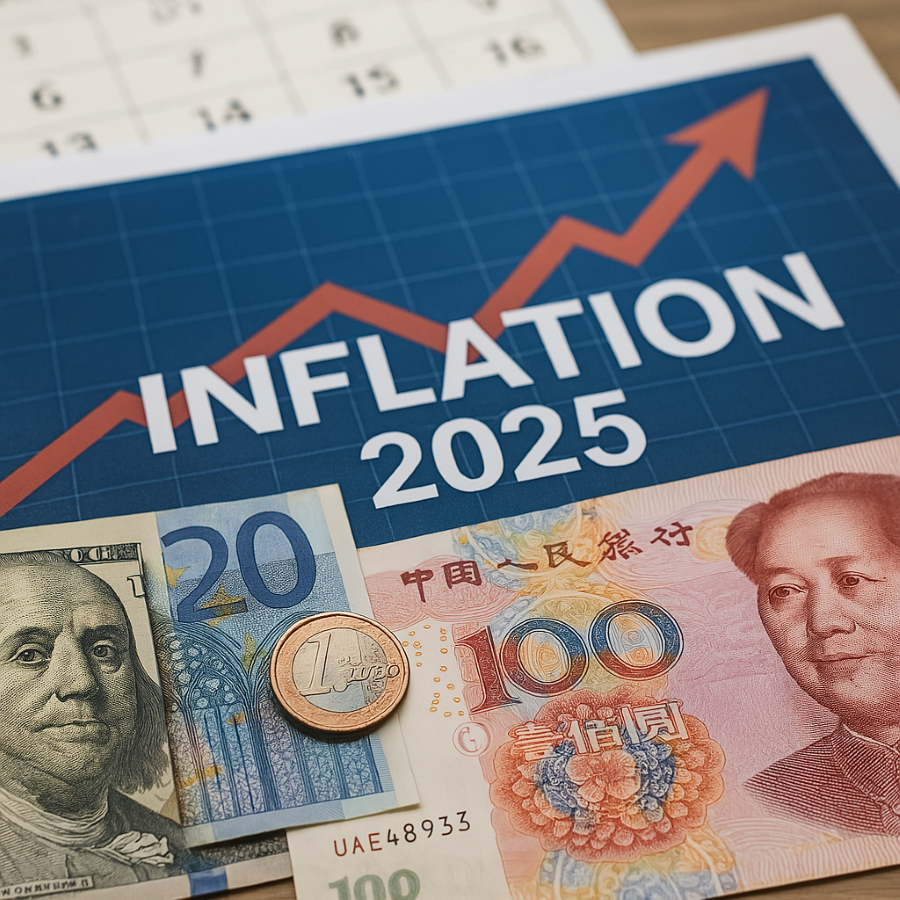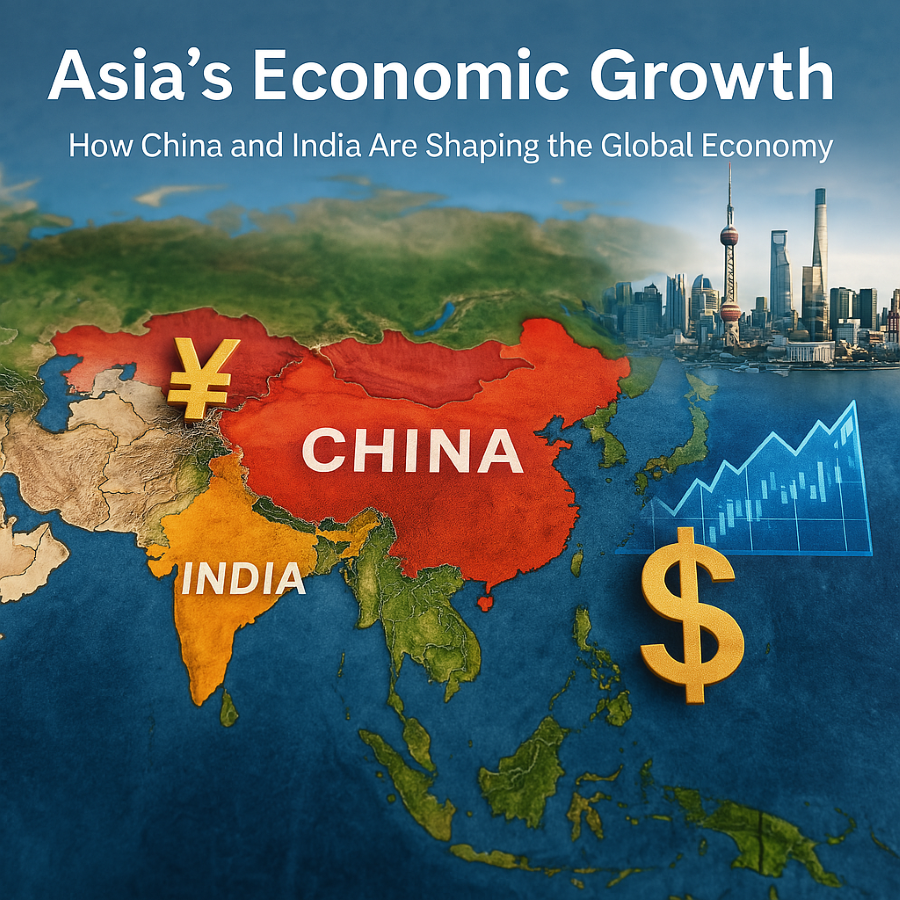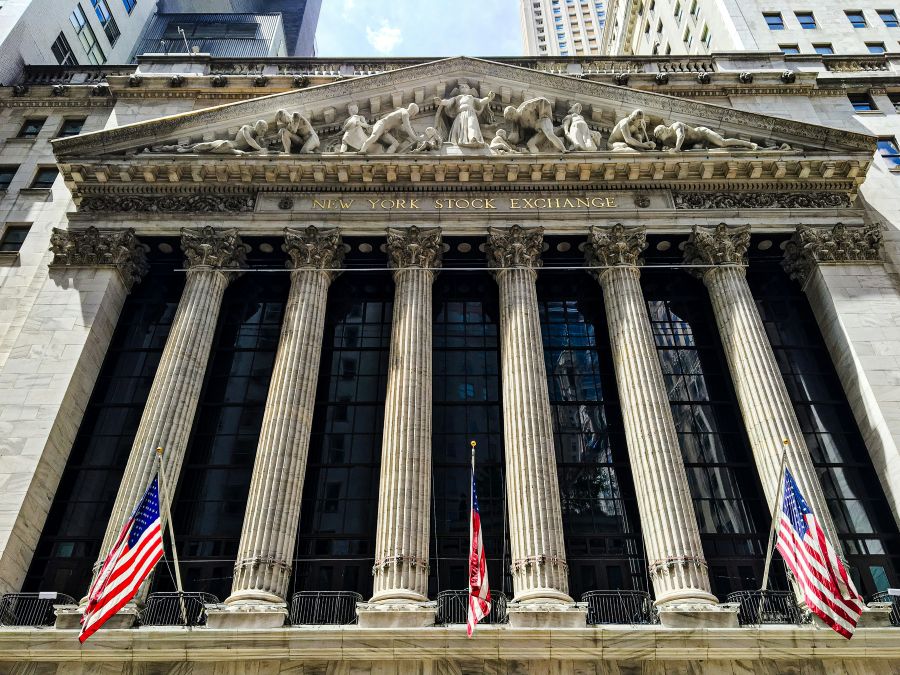As we move further into 2025, investors are looking for the best opportunities to grow their wealth while minimizing risks. With global economic shifts, evolving technologies, and changing market trends, making informed investment decisions is more crucial than ever. In this article, we’ll explore the best investment options for 2025 and the key factors you should consider before making your choice.
Understanding the Market Landscape in 2025

Before diving into specific investment options, it’s essential to analyze the economic climate. In 2025, some key market trends include:
- Rising interest rates and their impact on stocks and bonds.
- Growth in artificial intelligence and technology-driven industries.
- Increasing demand for sustainable and ESG (Environmental, Social, and Governance) investments.
- Volatility in cryptocurrencies and alternative assets.
- Continued expansion of emerging markets.
Keeping these factors in mind will help you make informed and strategic investment decisions.
Top Investment Options for 2025

a) Exchange-Traded Funds (ETFs)
ETFs remain a solid investment choice for those looking for diversification with lower risk. Popular ETF categories include:
- Technology ETFs – Focused on AI, blockchain, and cybersecurity companies.
- Sustainable ETFs – Companies with strong ESG practices.
- Dividend ETFs – Focused on stocks that provide regular income through dividends.
b) Stocks with High Growth Potential
Investing in individual stocks can be rewarding, but selecting the right ones requires research. Key sectors to watch in 2025 include:
- Artificial Intelligence & Automation – Companies like Nvidia and Alphabet are leading AI advancements.
- Renewable Energy – Firms specializing in solar, wind, and battery storage.
- Healthcare & Biotech – Growth in personalized medicine and digital health.
c) Real Estate Investments
Real estate continues to be a strong asset class for building long-term wealth. Some promising opportunities include:
- REITs (Real Estate Investment Trusts) – A passive way to invest in real estate without property management.
- Rental Properties – High-demand areas can provide steady rental income.
- Commercial Real Estate – Offices, warehouses, and co-working spaces remain attractive investments.
d) Bonds and Fixed-Income Investments
For those seeking stability, fixed-income investments provide security even during economic uncertainty. Consider:
- Government Bonds – U.S. Treasury bonds offer safe, long-term returns.
- Corporate Bonds – Higher yields from companies with strong credit ratings.
- Municipal Bonds – Tax advantages and stable returns.
e) Cryptocurrencies and Blockchain Investments
While volatile, cryptocurrencies and blockchain projects continue to attract investors. Key trends include:
Stablecoins – Offering crypto exposure with reduced volatility.
Bitcoin and Ethereum – The most established cryptocurrencies with strong market adoption.
Blockchain Startups – Investing in projects enhancing financial security and decentralization.
While volatile, cryptocurrencies and blockchain projects continue to attract investors. Key trends include:
- Bitcoin and Ethereum – The most established cryptocurrencies with strong market adoption.
- Blockchain Startups – Investing in projects enhancing financial security and decentralization.
- Stablecoins – Offering crypto exposure with reduced volatility.
Factors to Consider Before Investing

Regardless of the asset class, every investor should evaluate the following before making a decision:
- Risk Tolerance – Understand your ability to handle market fluctuations.
- Investment Horizon – Short-term vs. long-term goals.
- Diversification – Spreading investments across different assets to minimize risk.
- Market Research – Stay updated on economic trends and company performance.
- Liquidity Needs – Consider how easily you can access your funds when needed.
Creating a Balanced Portfolio
The best investment strategy for 2025 is one that aligns with your financial goals, risk tolerance, and market conditions. A well-diversified portfolio combining stocks, ETFs, real estate, and fixed-income assets can provide stability while maximizing growth opportunities.




